So this is the third installment of the three-part series about hammock camping with poisonous plants. When outdoors hammock camping it’s important to understand and be able to identify the plants and treat the rash if you get it. This series is dedicated to everything a hammock camper or even a person out in woods should know about these nasty plants.
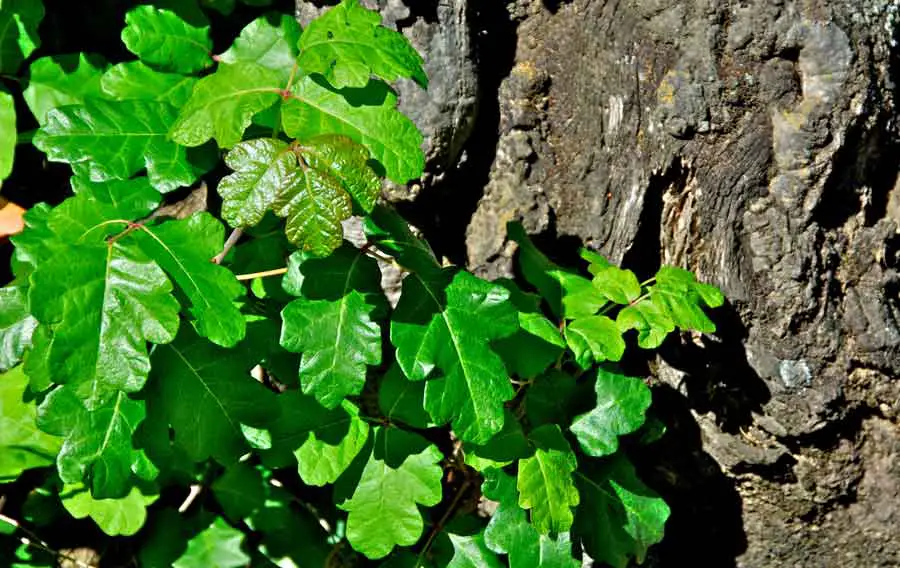
There are tons of articles out there that tell you the right way to treat poison ivy and poison oak. I guess this is going to be another one. I wanted to compile a list of the ones I’ve used on my family, heard of people using, and others that I have read that work well.
Here is the break down of the series just in case you wanted to skip to one of the other articles.
Part One – Identification
This article covers how to identify poison ivy and poison oak. Also helping you understand the different characteristics of the plants. While helping you understand where they grow and don’t grow.
Part Two – Cleaning Your Gear
This article talks mainly about when you come in contact with it what you should do about cleaning your gear and keeping it from spreading due to it’s on your clothes and other items that it has come into contact with.
Part Three – The Rash and Treatment
This article talks about the rash you can get. Then goes into a variety of ways to help treat the rash and ease some of your sufferings when you have come in contact with poison ivy or poison oak.
Now that you know what the series has covered let’s get into it!
At the end of the day, prevention is the number one way to keep from getting poison ivy but sometimes you don’t spot it or didn’t even know you were in it so you will need to treat it. This all depends on how much you’re out in the woods if its a lot and your allergic to it as well… I’m just going to assume you have gotten it at one point.
Urushiol: The Nasty Oil
Urushiol is the oil that poison ivy and oak produce all through the plant. Once in contact with our bodies is when it starts taking its effect on us. The severity of the rash can vary from person to person. You have to use caution when coming in contact with it if you know you are allergic to it.
This includes burning brush that may contain any one of these poisonous plants. The oil can be turned into a vapor and enter your lungs. Let’s just say this is something you do not want to happen. I have had a friend where this happened and they had to be hospitalized. This oil is very potent and the main goal at all times is to say away from it.
The Rash
I want to first talk a little about the rash itself. How do you know if you have gotten it? Well, you won’t. The rash doesn’t start showing signs until 12 to 72 hours after your first contact. So it could even be the next day or two after your camping trip. Then your rash starts appearing on the affected areas.
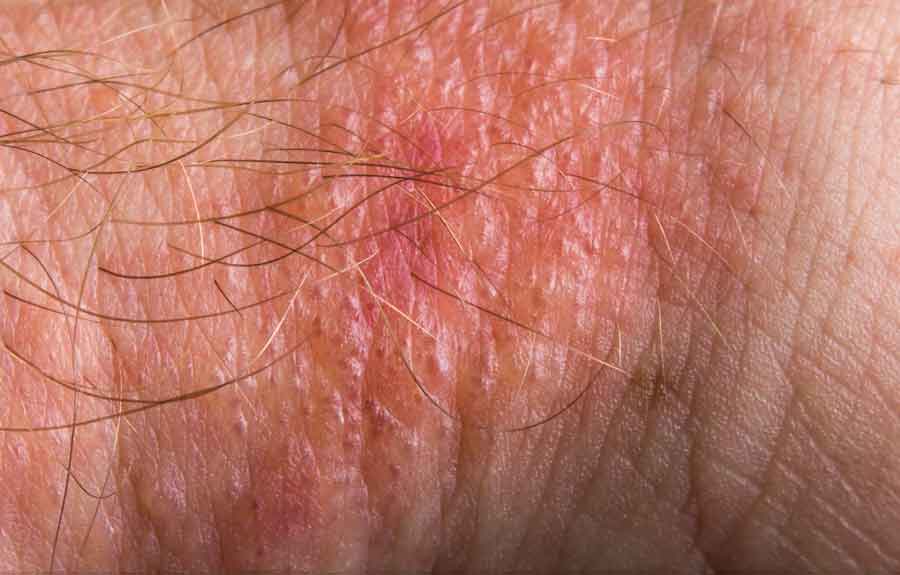
Signs You Have the Rash
There are a few different characteristics of the rash and how it appears on people. Some people will experience just one of these symptoms but others may get a mixture of them or show all of the symptoms depending on the severity of their allergic reaction.
Itching of the skin
This is usually one of the first sign of if you have come in contact with poison ivy or oak. If you have come in heavy contact with one of these plants this can develop a lot quicker and it can be less than 12 hours for this to develop on your skin.
Redness of the skin
This can be another early warning sign of contact sometimes this is also paired with itching. If you start to see this redness can start to spread as well. Once again depending on how much you have come in contact will depend on how fast this may show up.
Small or Large Blisters
One of the more common things at least I’ve always seen from people with a reaction to poison ivy or poison oak is getting blisters. They are typically uncomfortable and you want to scatch them. I would advise you not to though. These blisters can pop and give a clear liquid out of them. People think that this liquid will make the rash spread but that is not true. This is really just a discharge from your body.
Swelling of the skin
Swelling can occur on the skin like some of the other symptoms this also can be paired with other things like itchiness or redness. Once again depending on your reaction to it the amount of swelling can vary.
More about the Rash
Most people I’ve run into think that the rash is contagious and you can get the rash if you touch it. This is completely not true the rash will not spread and get on other people. The only thing that will spread is if the oil is still on your skin and you touch someone else. Spreading the oil around will give people the rash. The rash itself is not something that will give others a rash.
Ways to Treat the Rash
I have always found it interesting about hearing what people have to say if you hear someone has poison ivy or oak rash. Suddenly everyone becomes an expert on what you need to do.
There are so many different remedies out there. Telling you that you should do this or that old wives tale or do this crazy thing to get rid of the rash.
I honestly feel like if you hear someone say they have it other people have to give their advice. The closest thing I’ve come to it is when you’re having your first child. Everyone wants to give you advice even though you didn’t ask for it.
Well, let me do that for you now.
Well, I guess this is a little different since you came to me and are looking for advice. I have compiled a list of all the most popular treatments for these poisonous plants. Some are pretty solid options others are a little bit of an old wives tale that does work.
So let’s get to it:
Wash it off
Number one no matter what if you think you have come into contact with it you want to wash your skin off. There are a few methods on how to do this. I’m going to go into all the methods here but the main thing is
DO NOT USE HOT WATER!
No matter how you do this if your using water do not use hot water. When you use hot water it does two things. First, it opens up your pores in your skin the second it gives an opening to allow the oil to get into your body.
ONLY USE COLD WATER
When washing with cold water your pores do the exact opposite they close up real tight this will keep the oil from getting in your skin.
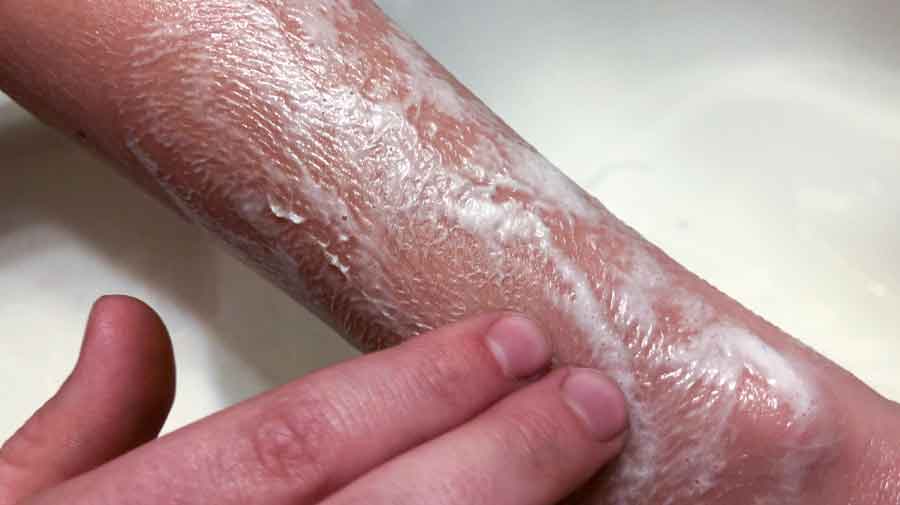
Wash with Dish Soap
When washing with just soap and cold water use a dish soap since it will break down the oil better than just plain hand soap. Be sure to get a good lather in the area you think you came in contact with it. I would advise doing this a couple of times to be safe.
Use Alcohol
Alcohol is a great way to remove the oil from your skin you can do it a few different ways. Either using an alcohol cleaning pad you can get in little packets. Typically found in first aid kits or you can just use rubbing alcohol with a cotton ball or paper towel. The alcohol breaks down the oil and helps remove it from your skin. So not only is it taking it away it’s breaking it up so it can hurt you.
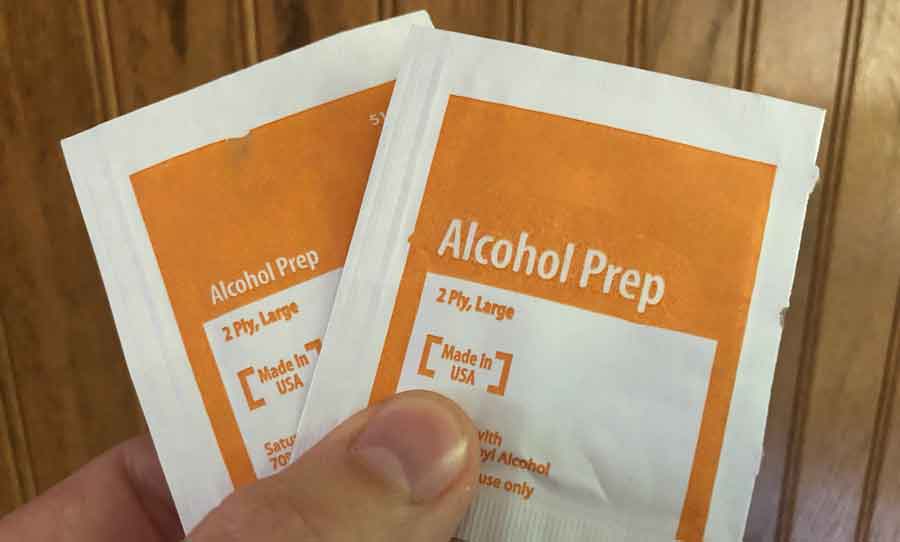
If the area of contact is in a sensitive area you may not want to do this. That is when you fall back on the cold water and soap method.
Use Turpentine
This is definitely more of a farmer or backwoods approach. You pretty much get some Turpentine on a rag or paper towel and rub the oil off your skin in the area you think you have come in contact with.
I’m not going to lie this does work. It does the same thing the alcohol does but in more of an aggressive fashion. It’s not great to put Turpentine on your skin but for some fellas and gals out there they just want the crap off them now! The Turpentine will break down the oil a little better than the rubbing alcohol but it is more abrasive to the skin.
You most certainly don’t want to do this if you have sensitive skin or if its in a sensitive area.
*Use This Method with Caution.
So all of these methods help you before the rash shows up not the burning question is what if I have it. How can I get rid of it and stop the itching?
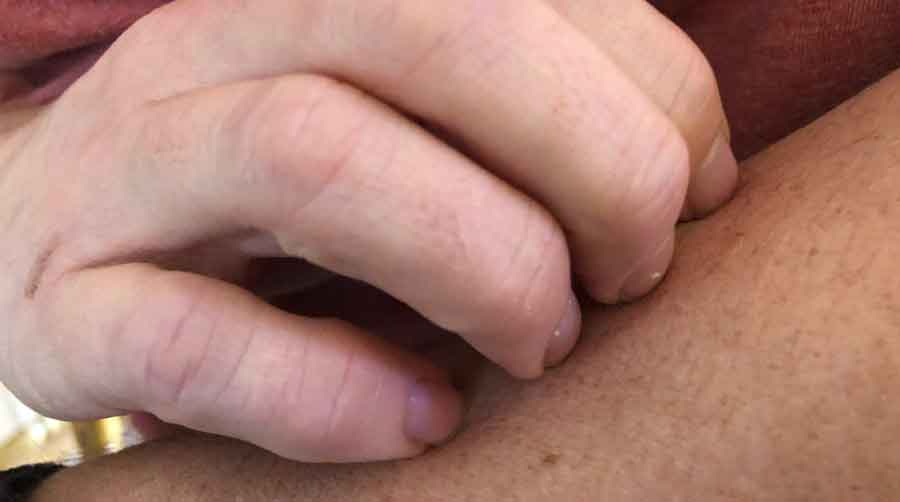
Ways to Stop the itching
First and foremost if you have the rash I want to say sorry. I have never gotten poison ivy or oak due to I’m not allergic to it but I have seen people go through misery having this horrible rash.
If you have the rash you first need to make sure you stop scratching. At least try to resist the urge if at all possible. That can only make things worse, especially if you have blisters.
You may not have gotten rid of all the oil from your skin and scratching it can get it under your fingernails and possibly spread it to other parts of your body.
Here are some of the best options to try to reduce the itching and get rid of the rash.
Topical Creams & Lotions
There are a lot of different types of creams and lotions you can use that will help treat the symptoms. The keyword there is symptoms. They won’t get rid of your poison ivy or oak rash but they will make the life cycle of the rash more tolerable. There are two main types out there that can help you.
1. Hydrocortisone Cream
This cream is commonly used to help reduce swelling, itching, and redness. There are different levels of this cream types that can be prescribed by a doctor and others that you can just buy over the counter.
2. Calamine Lotion
This is another popular treatment for rashes. This lotion is mainly to help prevent itching. When the lotion dries it causes a cooling feeling on the skin and gives some relief from an itchy area. The lotion serves one main point by having antiseptic properties that help prevent infection from scratching. This lotion can also be purchased over the counter and not need a prescription.
Liquid Antihistamines
Antihistamines are a way to treat allergies and allergic reactions since the rash is an allergic reaction this can help reduce the symptoms. It helps your body fight the reaction to the oil you have come in contact with. Benadryl is one of the most popular brands that people take. Some people take it to help make it through the night since it makes some people tired. Which will help you get through the night. Which will help you not keep waking up scratching or being in pain.
Cold Compress
The itching is the worst part of having the rash finding the right remedy is difficult for each person. Another way to reduce the itching is to apply a cold compress to the affected area. Get a washcloth and get it wet with cold water. Wring out the excess water then apply it to your rash for 15 to 30 minutes. You can repeat this process as much as you like. The cooling feeling can help with the itching. This can not only help with the itching but can also help with some swelling you may have.
Others have suggested it is also ok to use an astringent in the compress. Using cold black tea or apple cider vinegar these are other safe alternatives to further help you with itching and swelling.
Oatmeal Bath
This is something that people have told me worked for them. Oatmeal is in a variety of lotions and skincare products. This is due to its antioxidant and anti-inflammatory benefits. To take advantage of this draw a bath of lukewarm water then add oatmeal to the water. Then just soak in the bath for 30 minutes. Friends have told me that was one of the best treatments for relief from the rash. So this may also be a good option for you.
Consult a Doctor
If your rash is out of control and no over the counter remedies work you may have a severe reaction to poison ivy or poison oak. If this is the case you may want to consult a doctor for them to help you get over this. There are an array of different treatment options that doctors can prescribe to help you with your symptoms here are some of the things they may give you.
- Topical Creams
- Pills to help your body fight the rash and infection like Antibiotics
- Lotions or Creams
- Shots depending on the severity you may need a steroid shot.
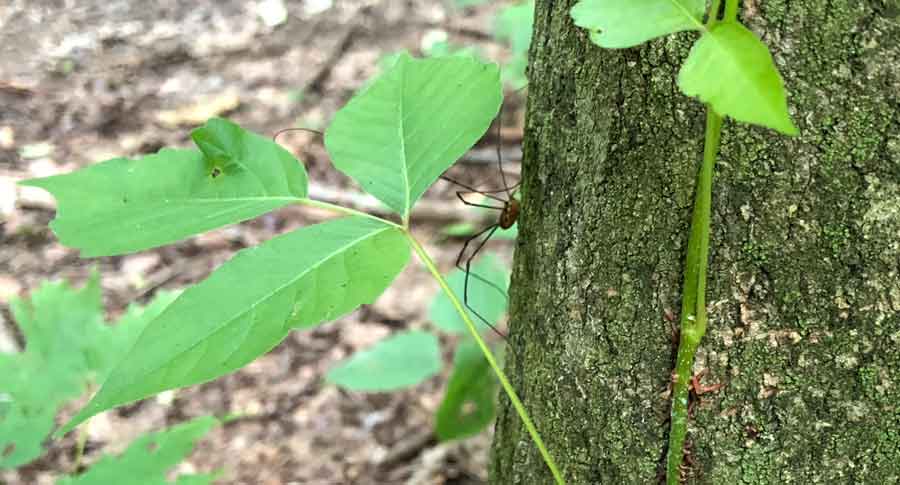
Prevention is Key
When it all boils down to it prevention is the best offense you can have when it comes to these horrible plants. Being able to properly identify it and stay away from it. If you don’t come in contact you will not have to worry about it.
Sometimes avoiding contact with it is not possible due to it hiding in other plants or you just didn’t see it. That’s why I hope this series of articles can truly be a resource for you and help you get through this terrible experience.
There are bad things out in the woods I won’t deny that but for every bad thing, there are dozens of great things out there. Don’t let these dumb plants prevent you from experiencing the wonder of nature. No matter where your travels take you I hope you now have a keen eye to spot these little plants out in The Wanderful Wild.
